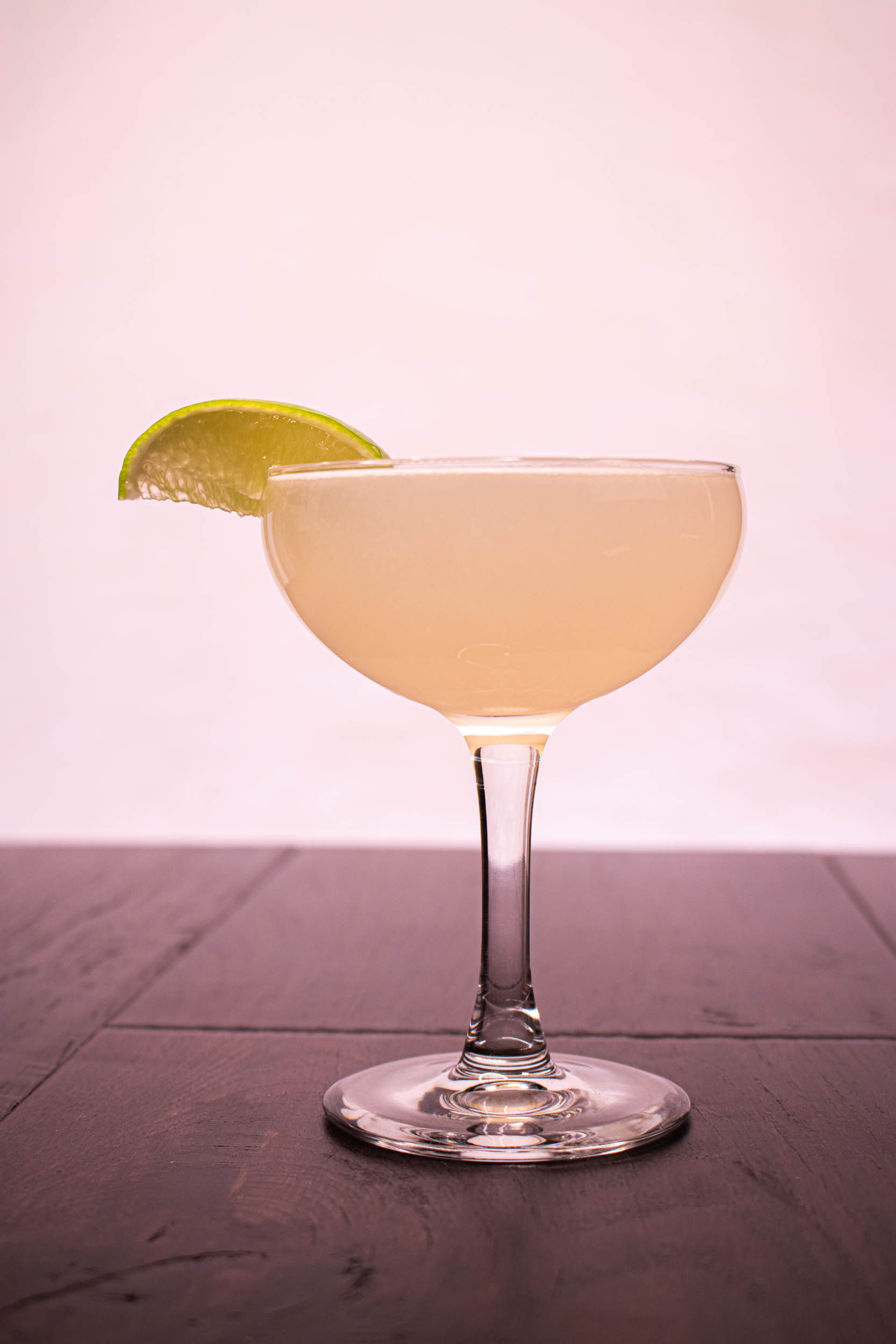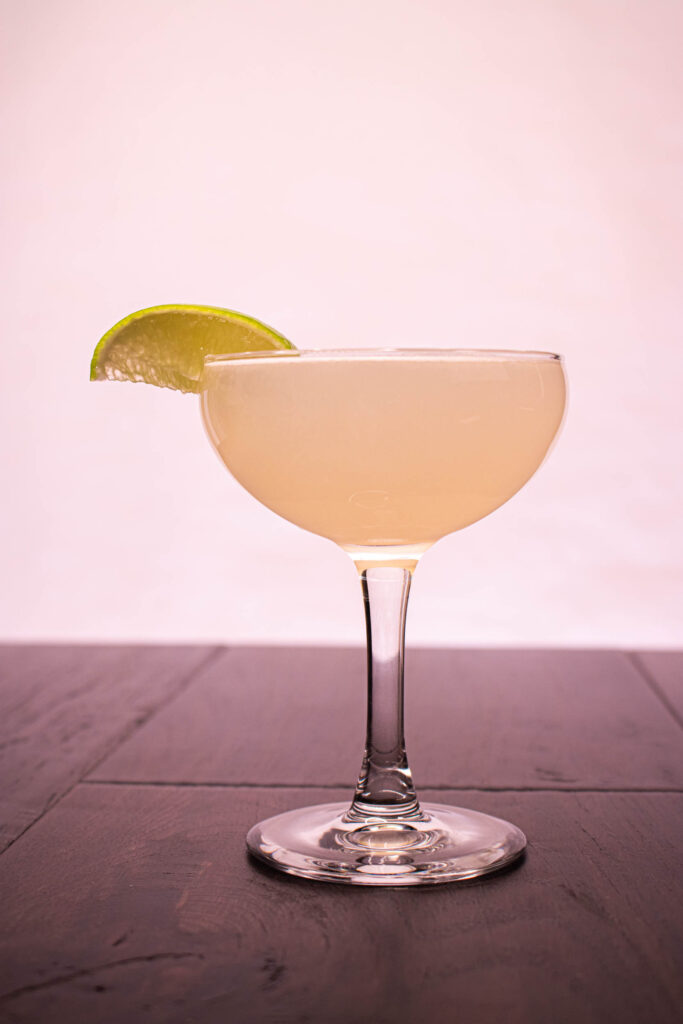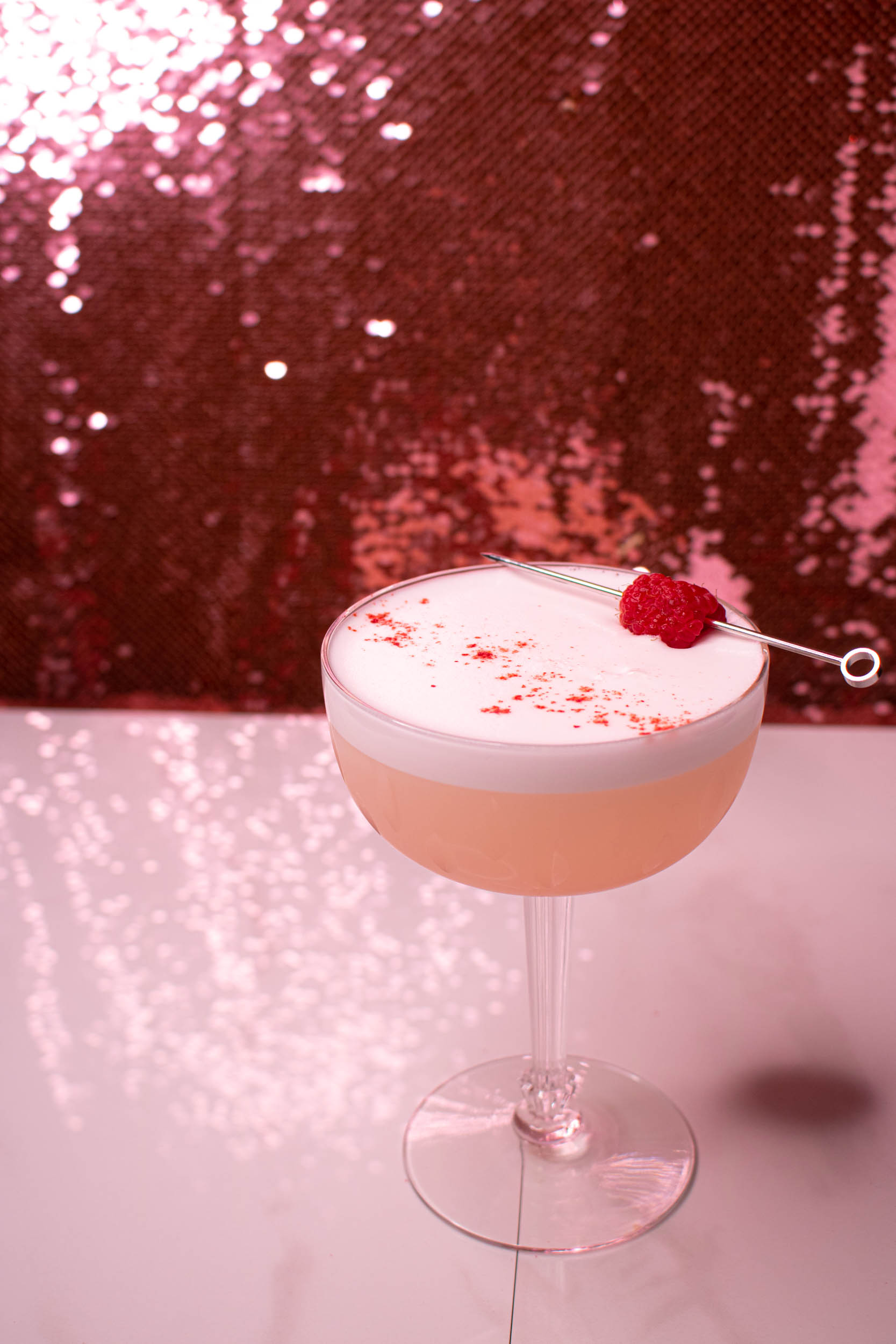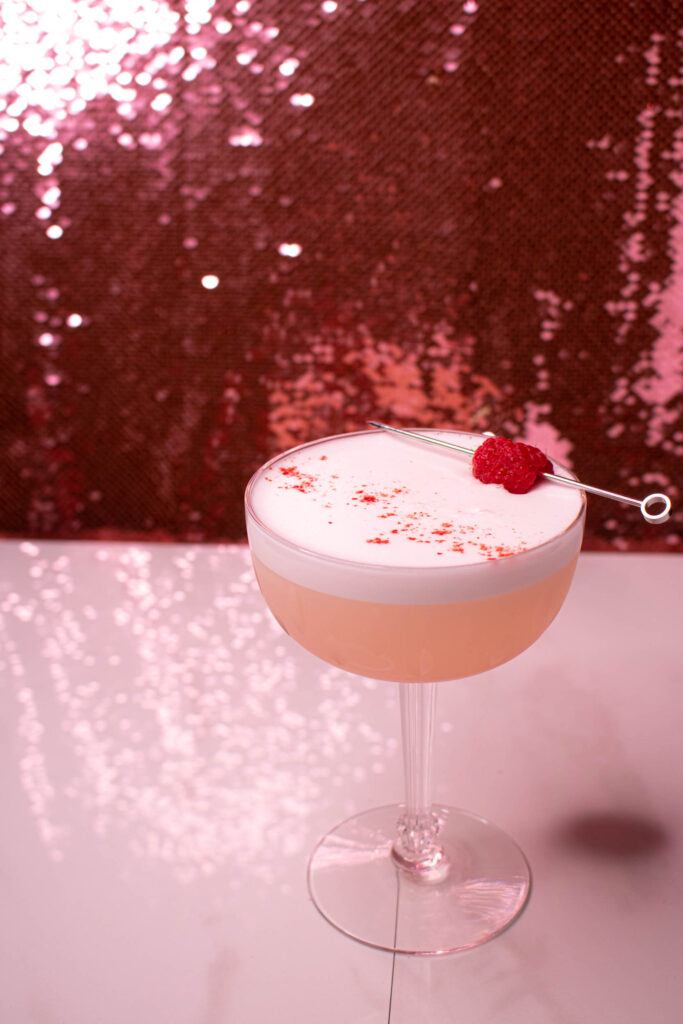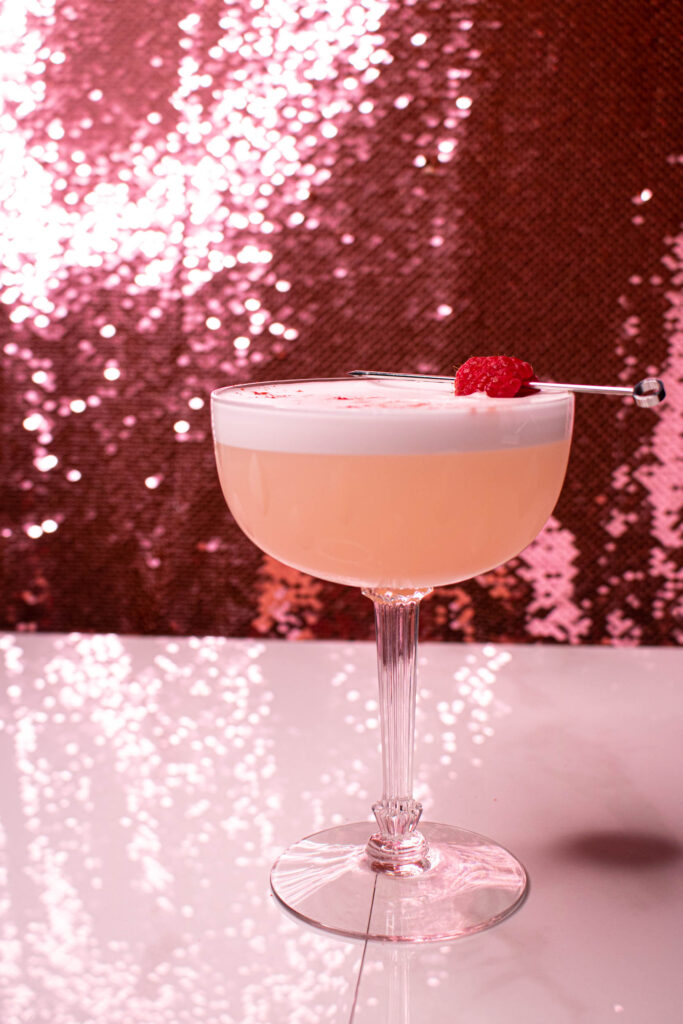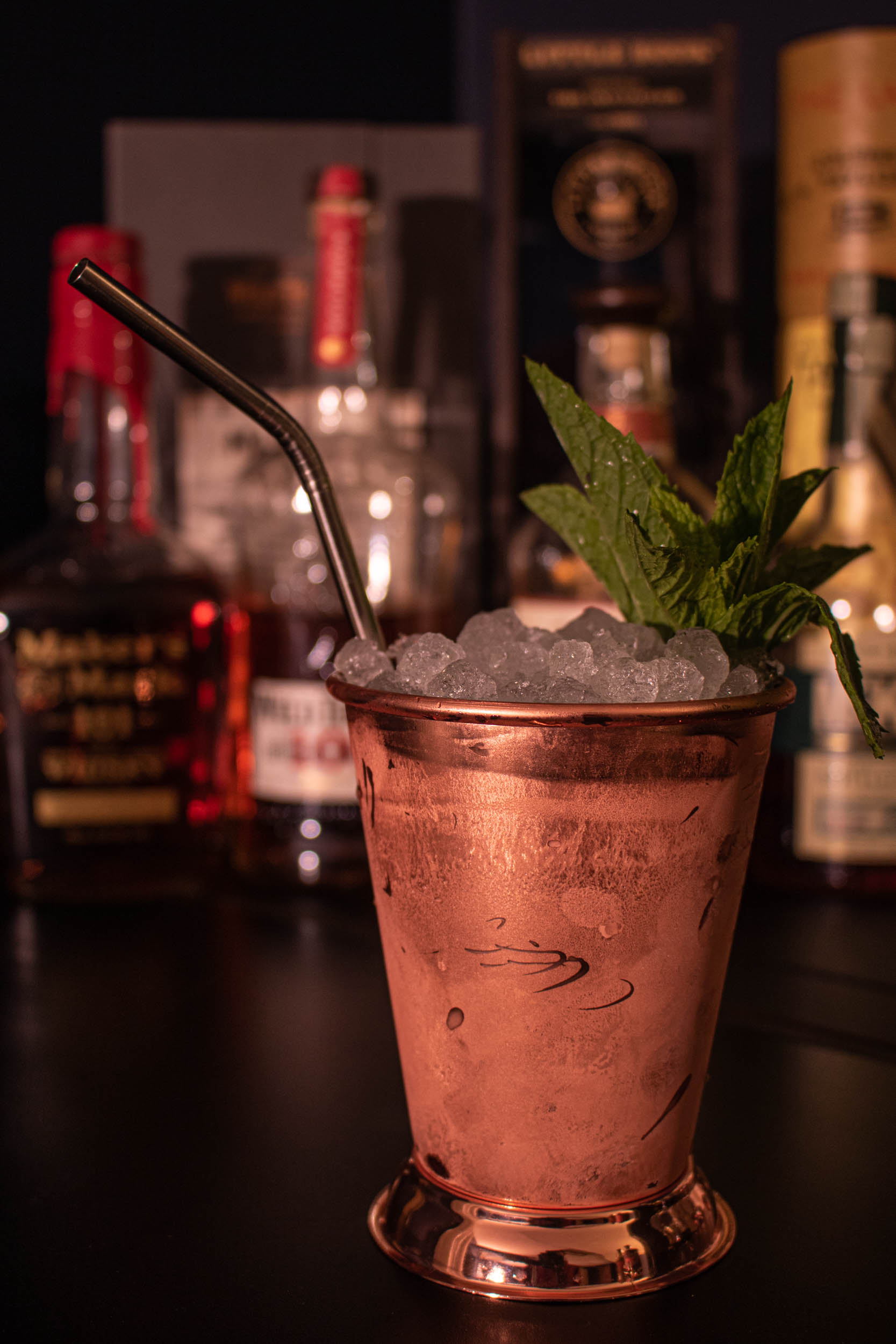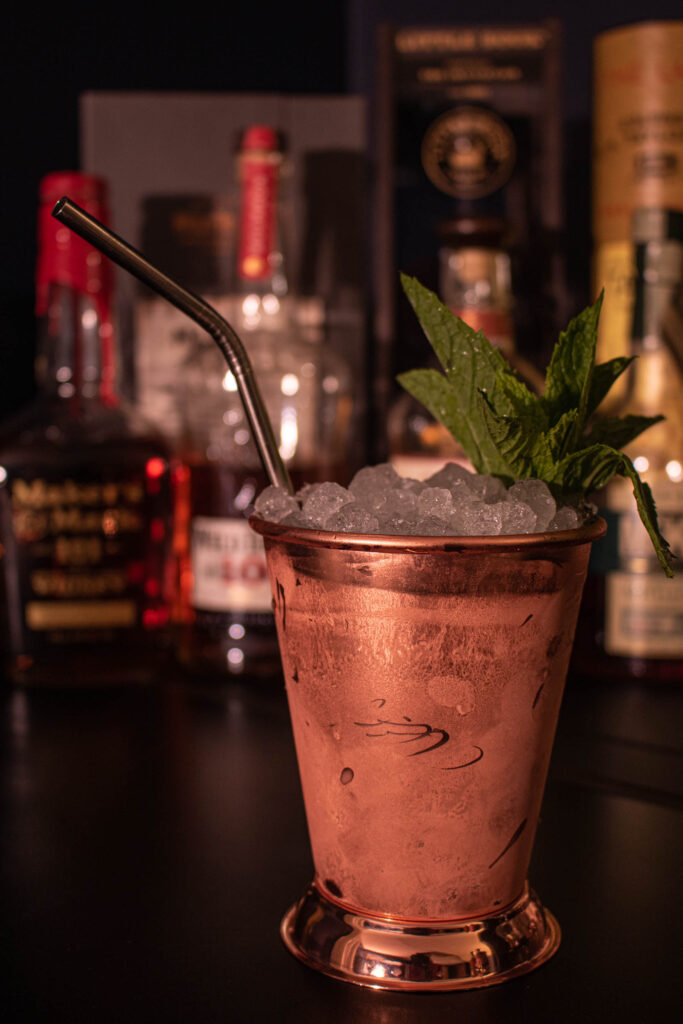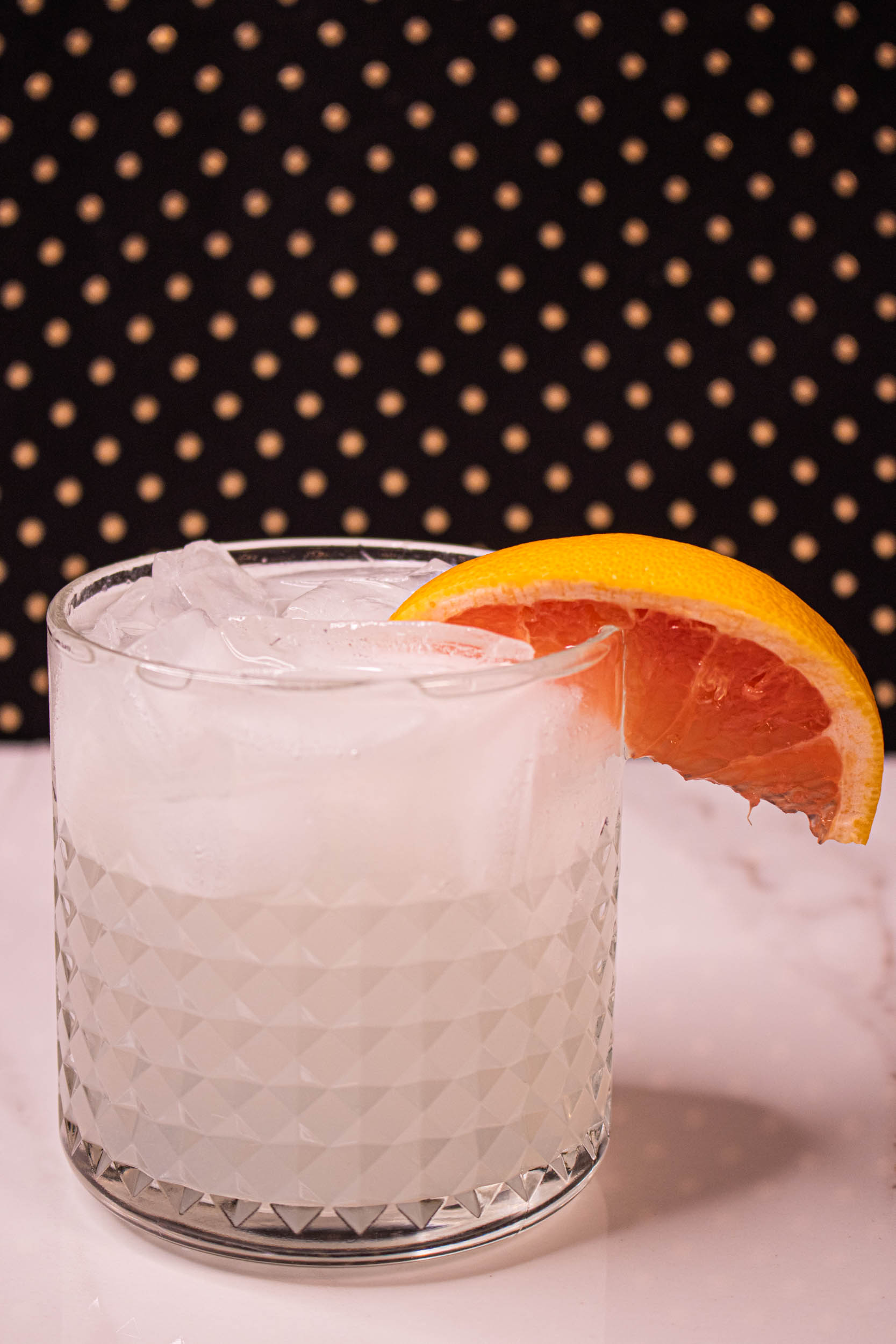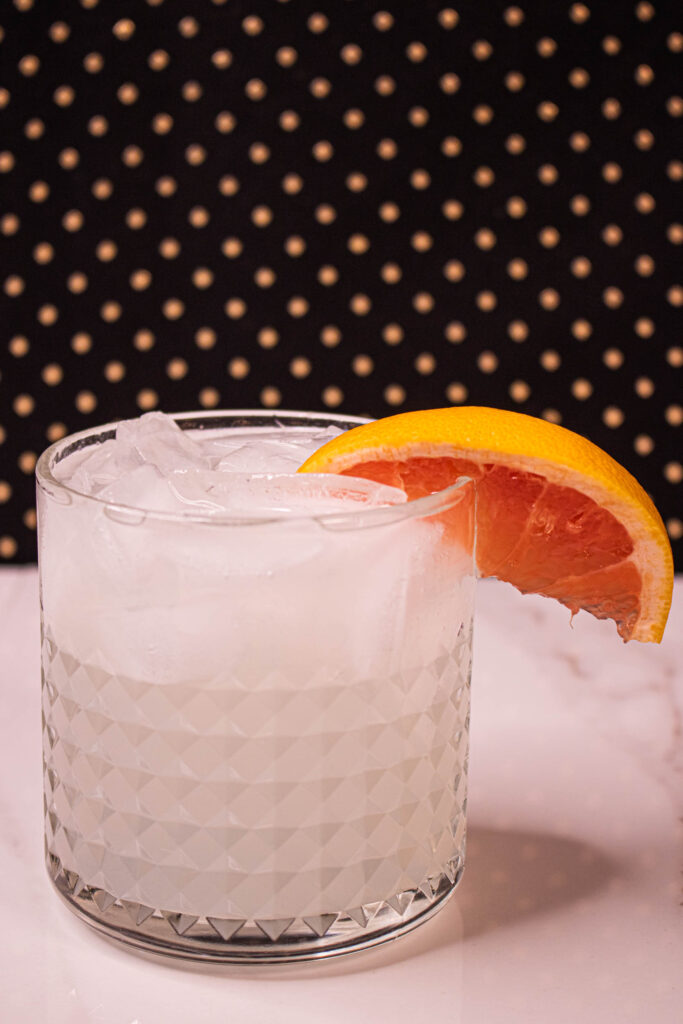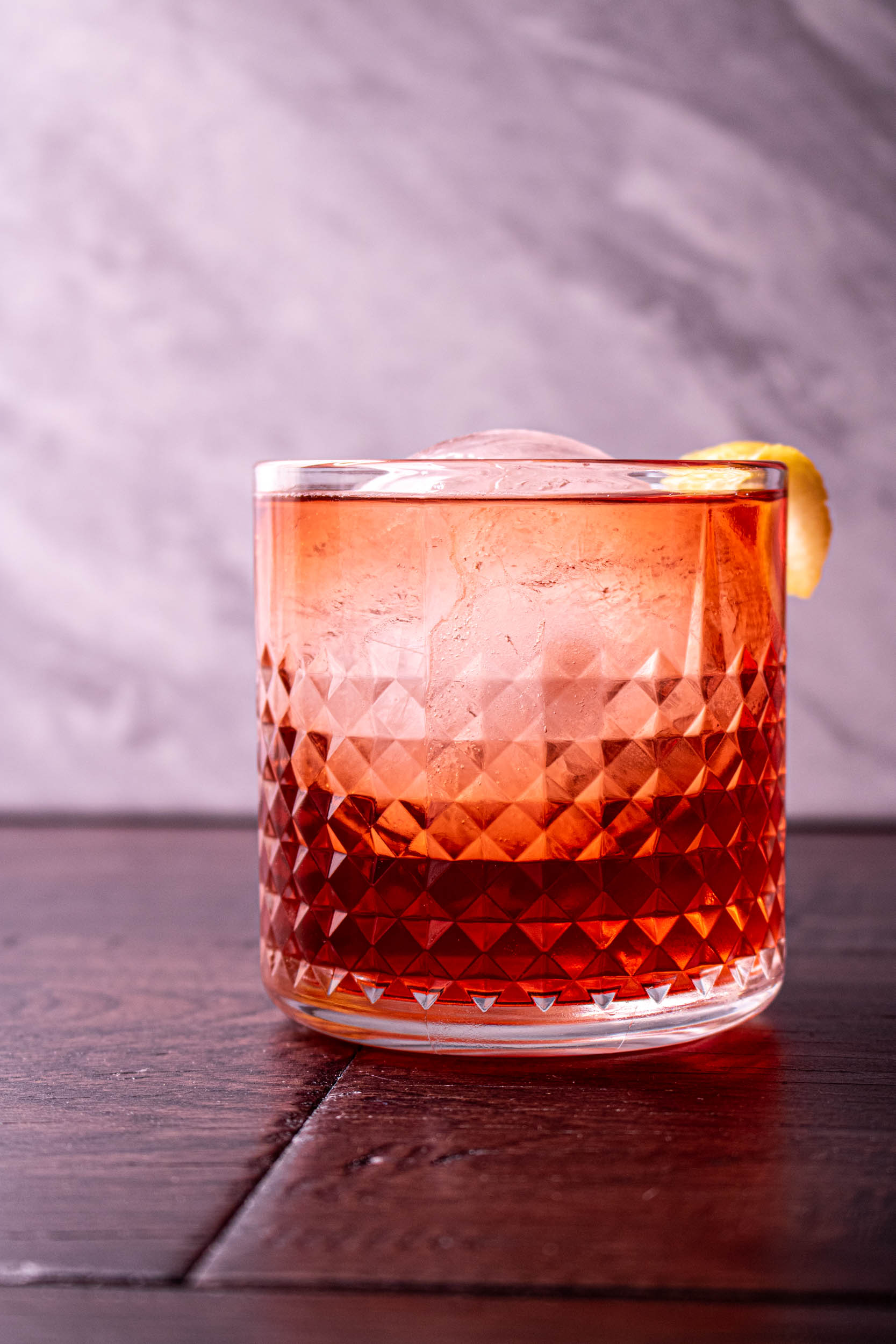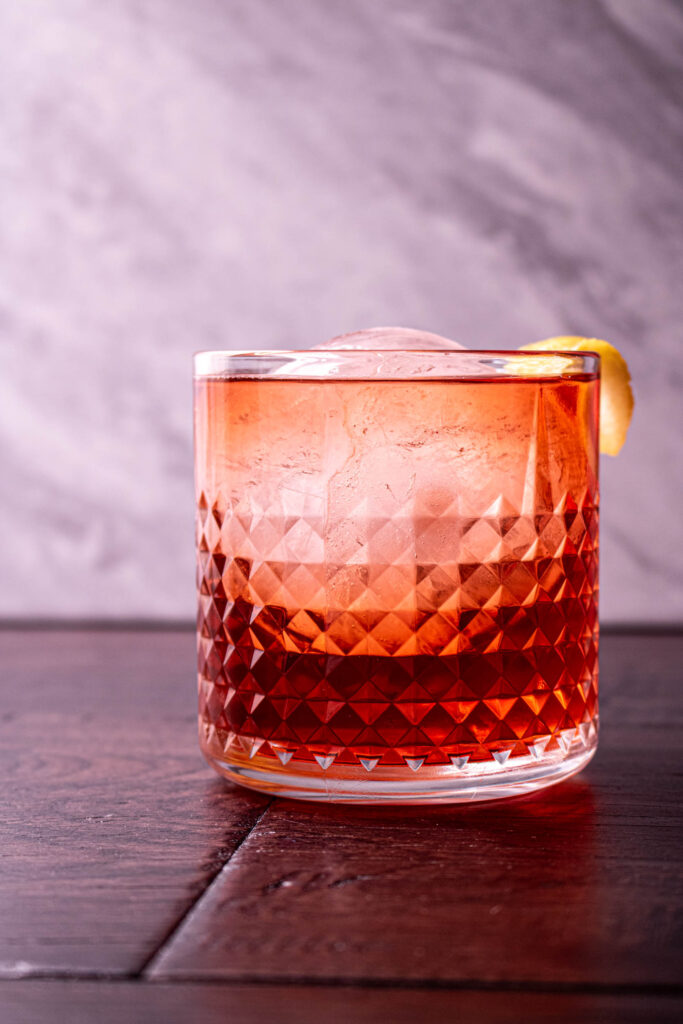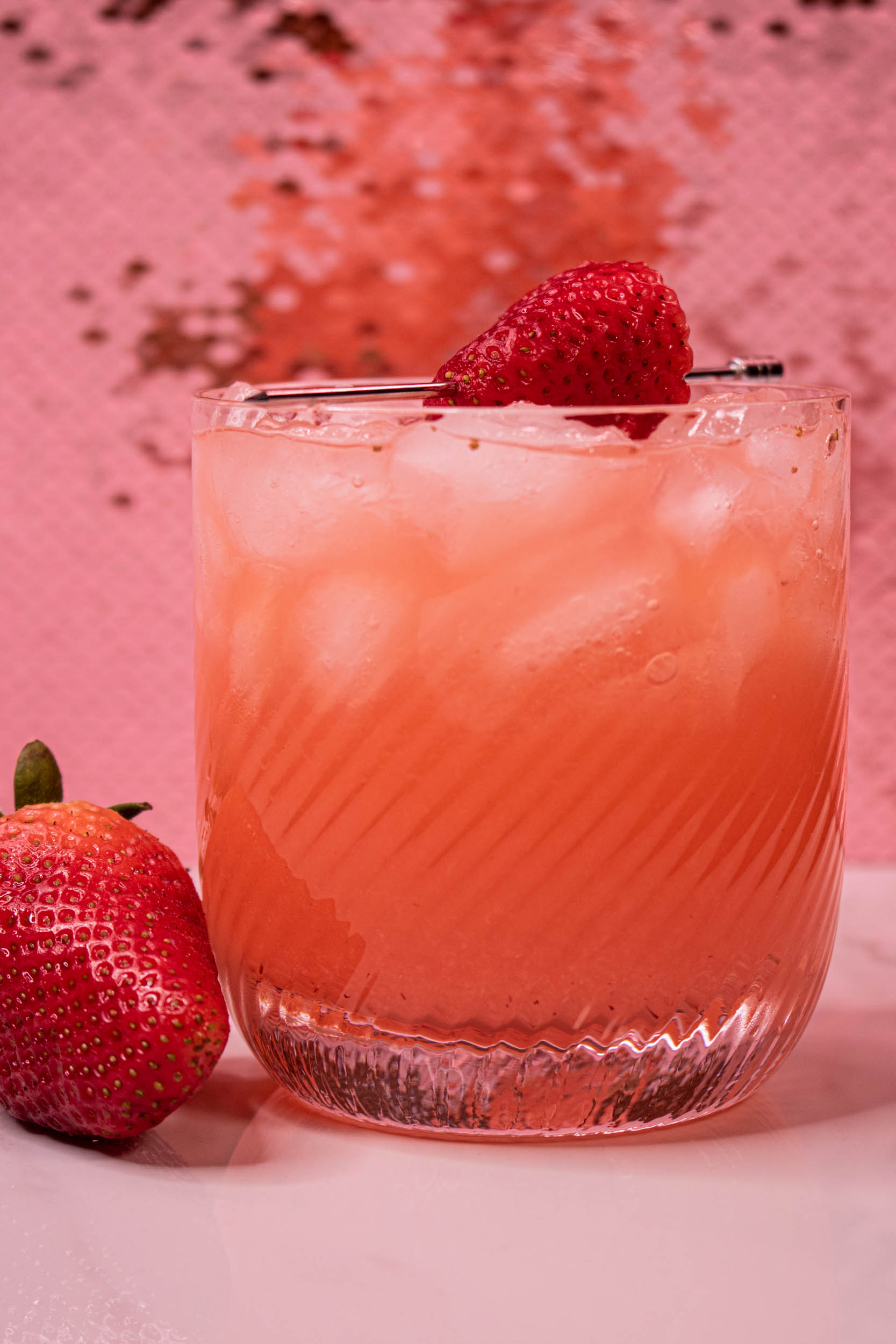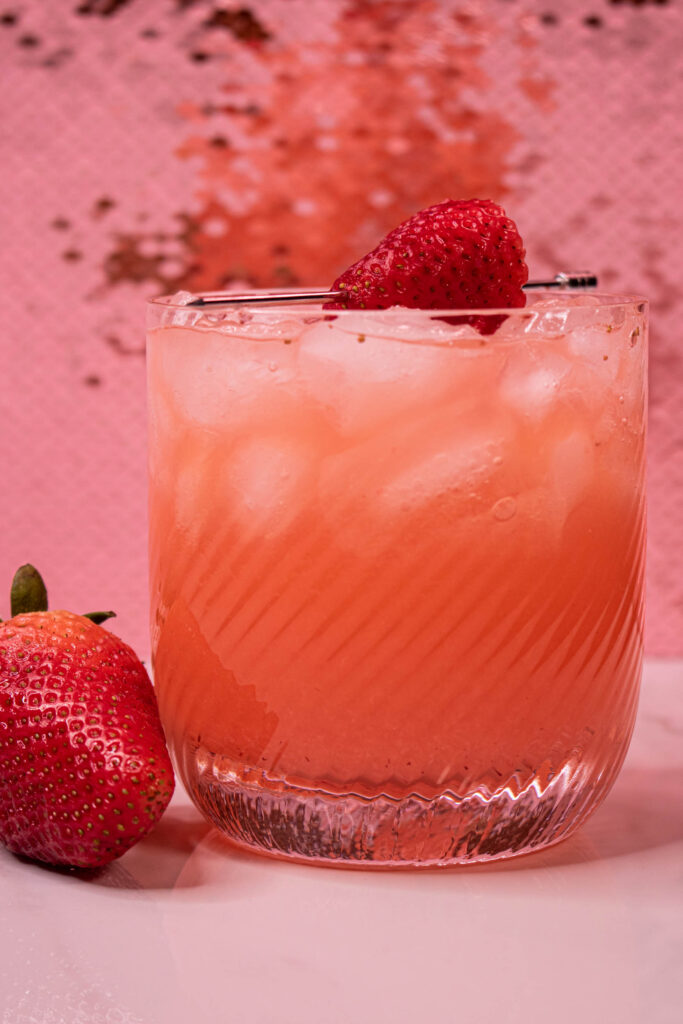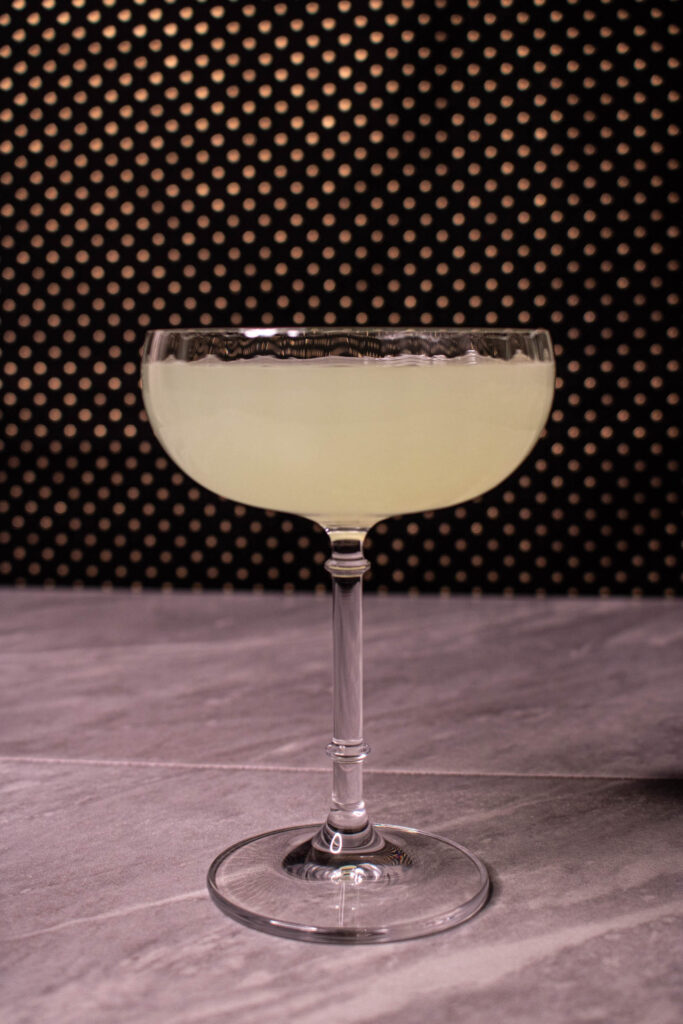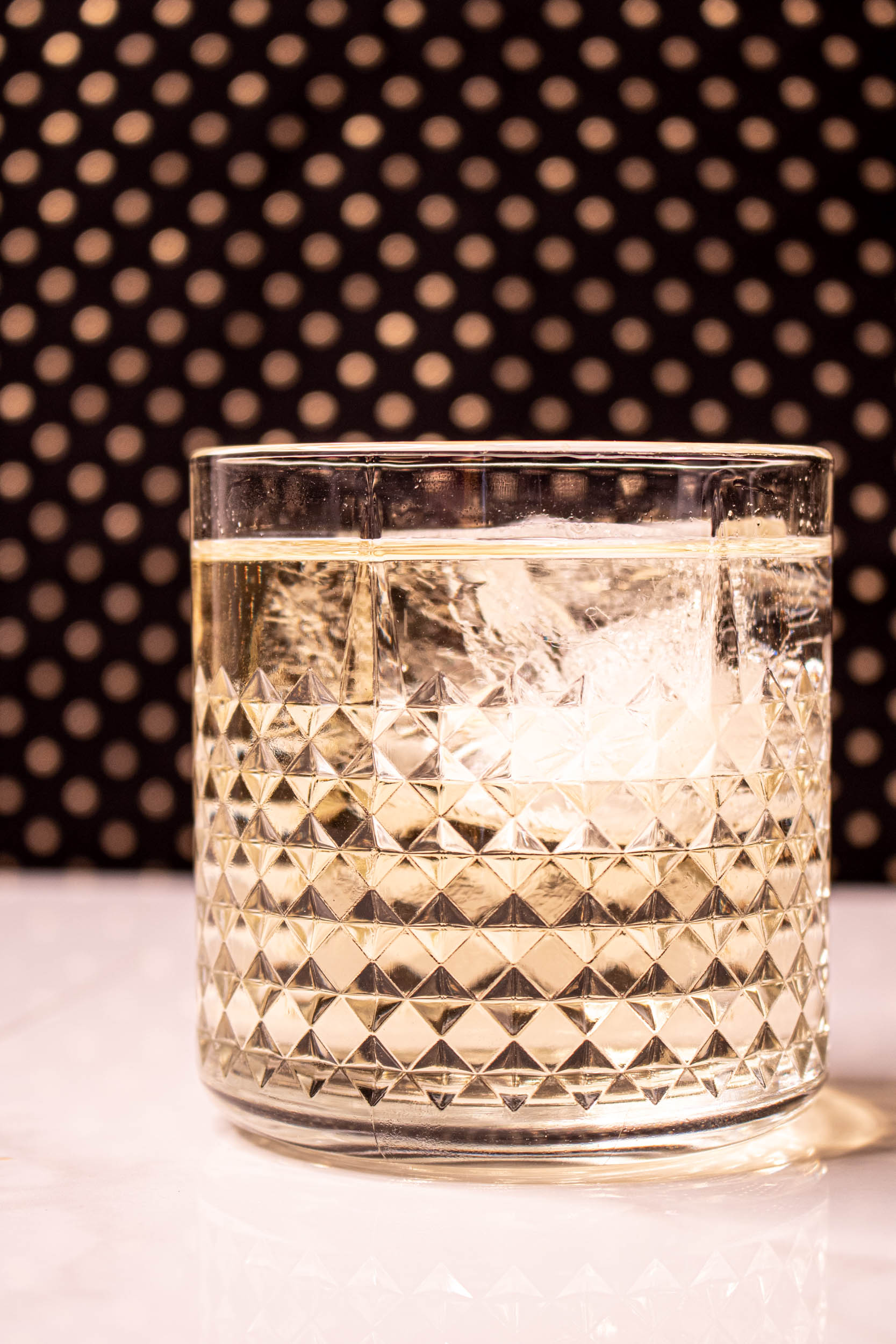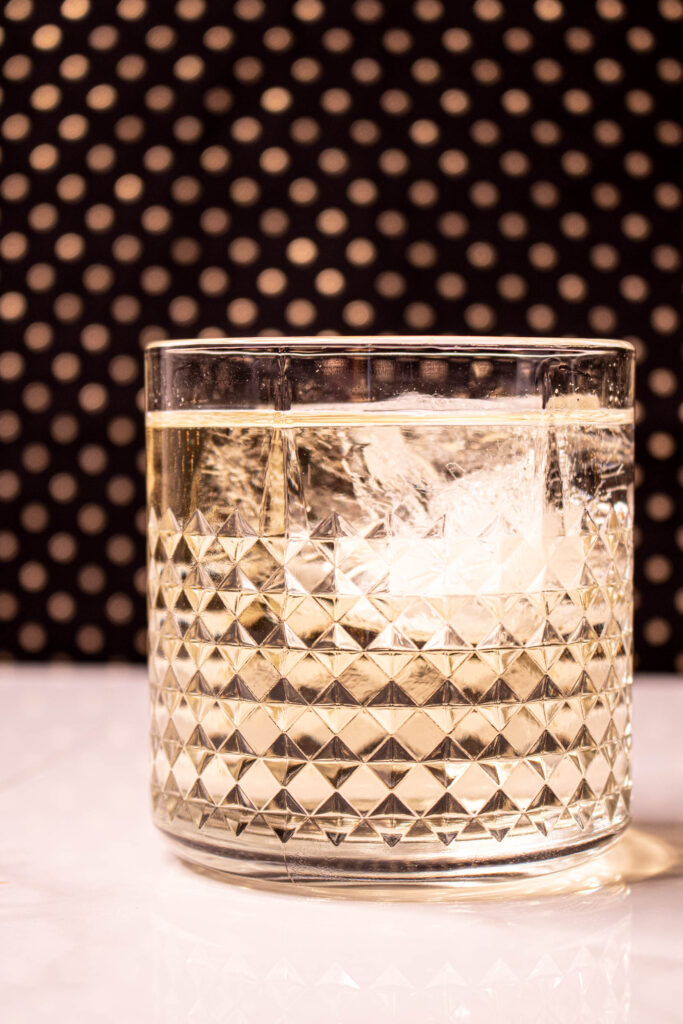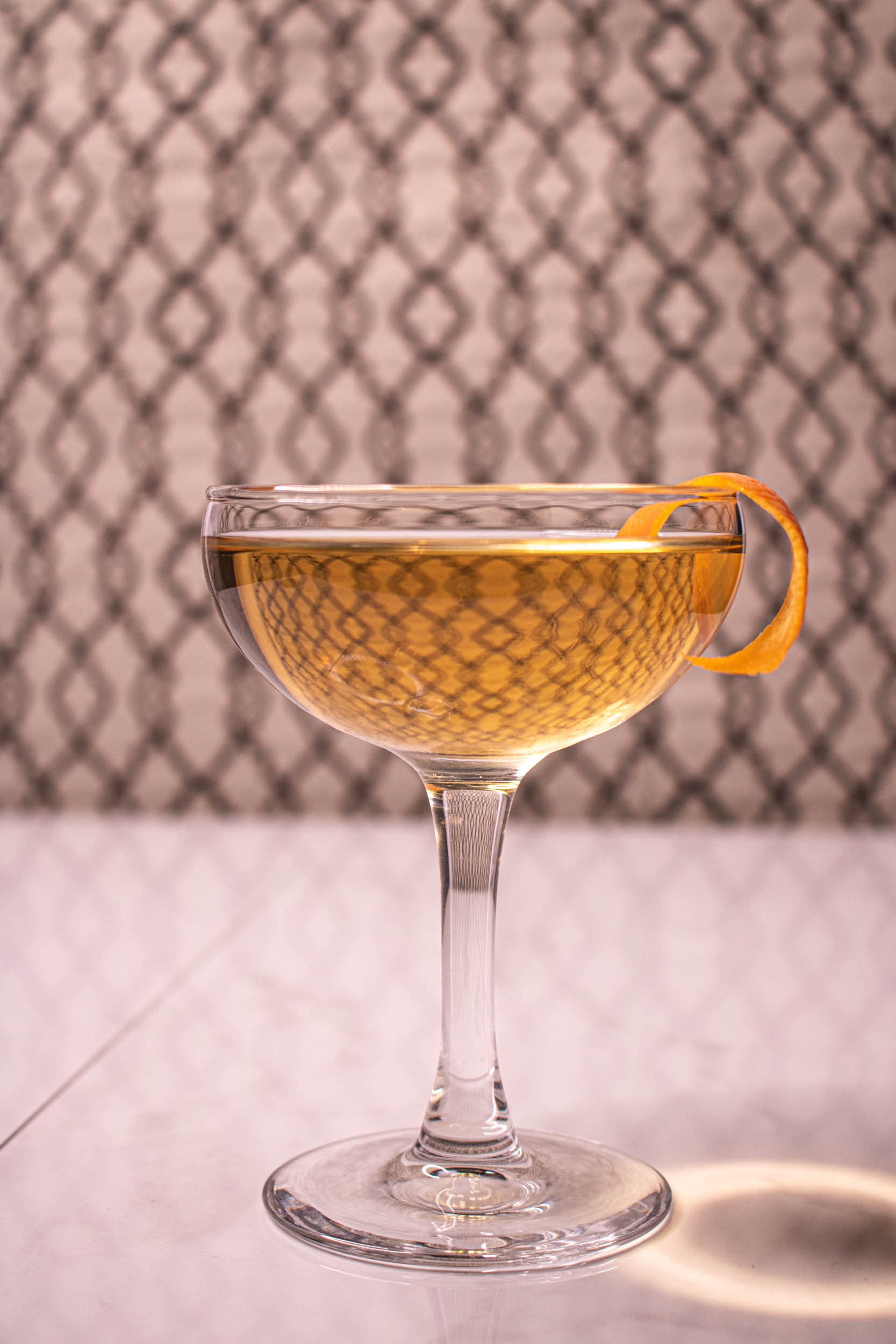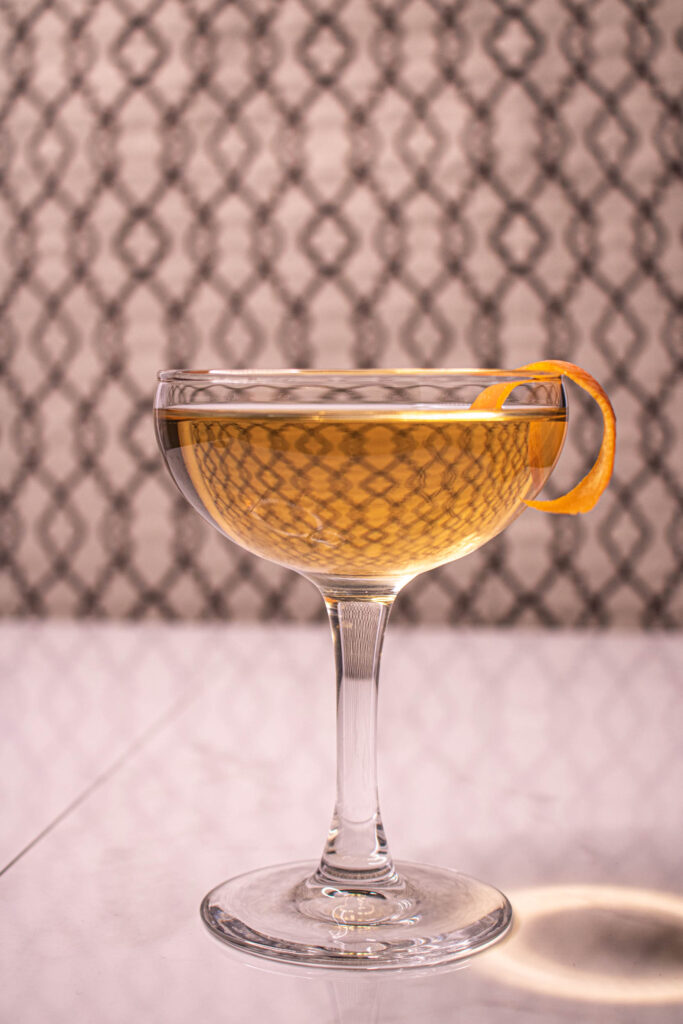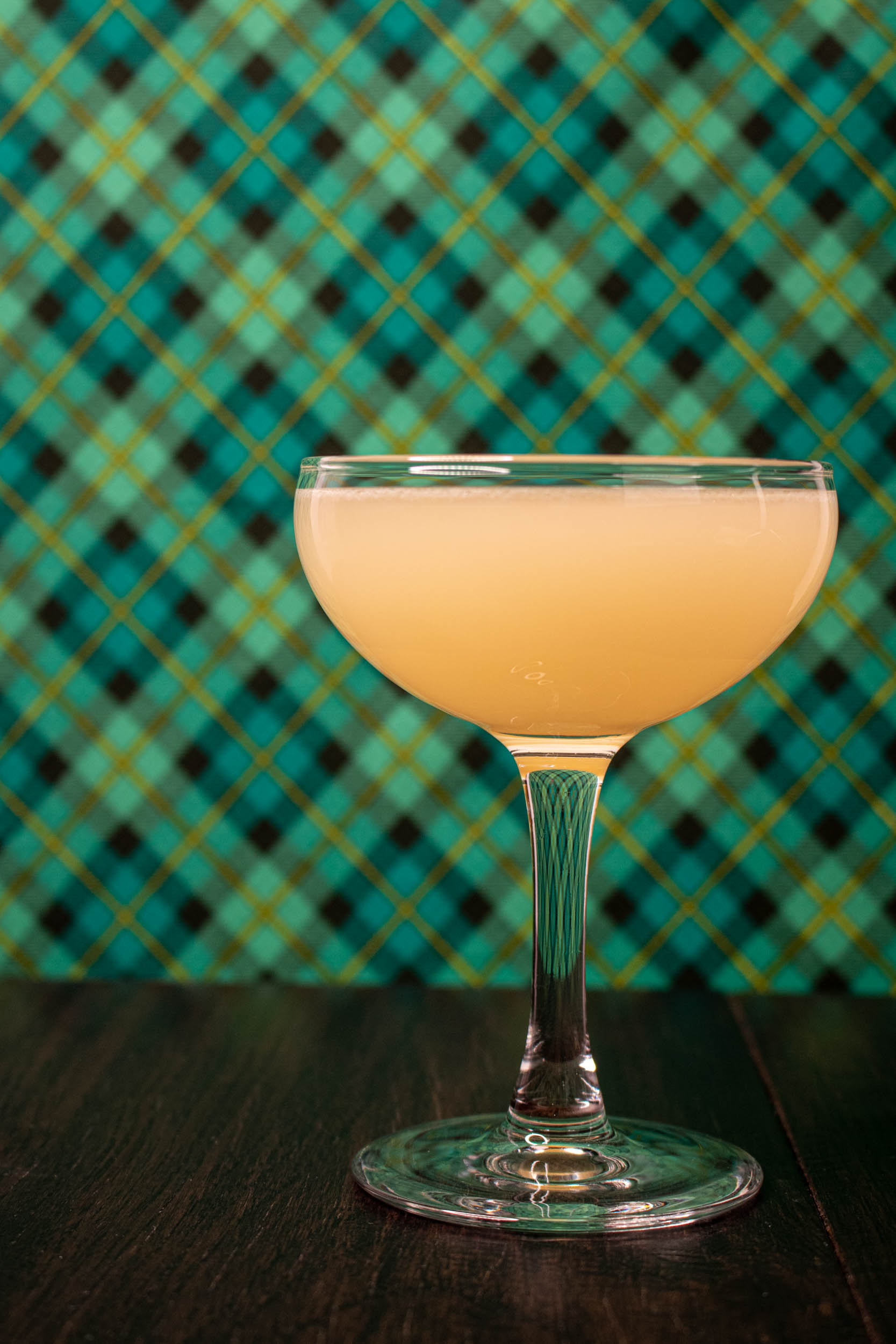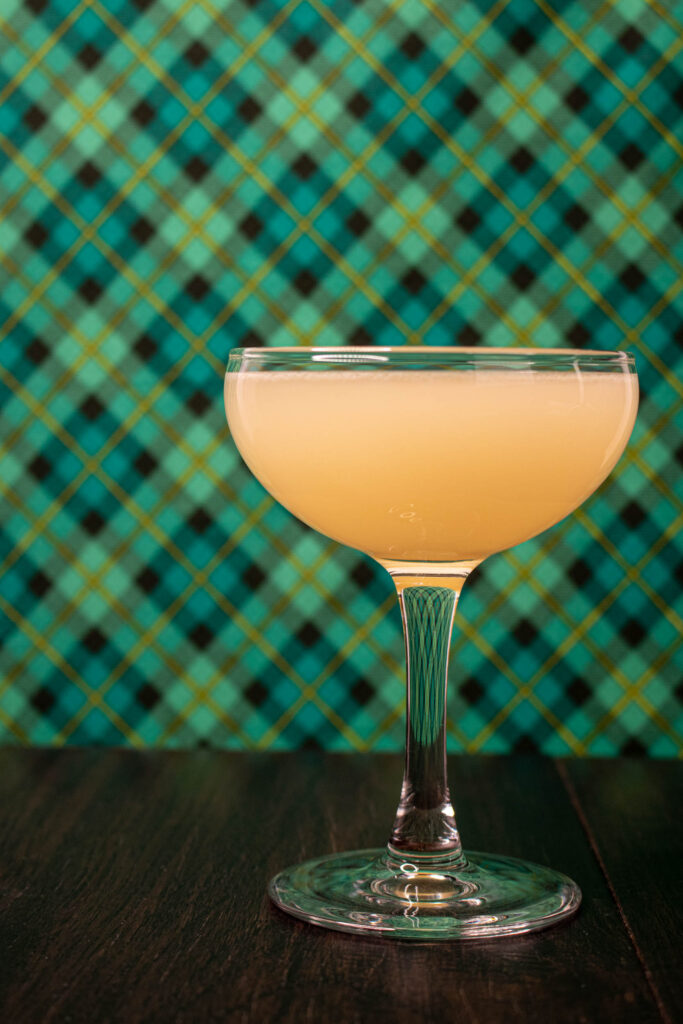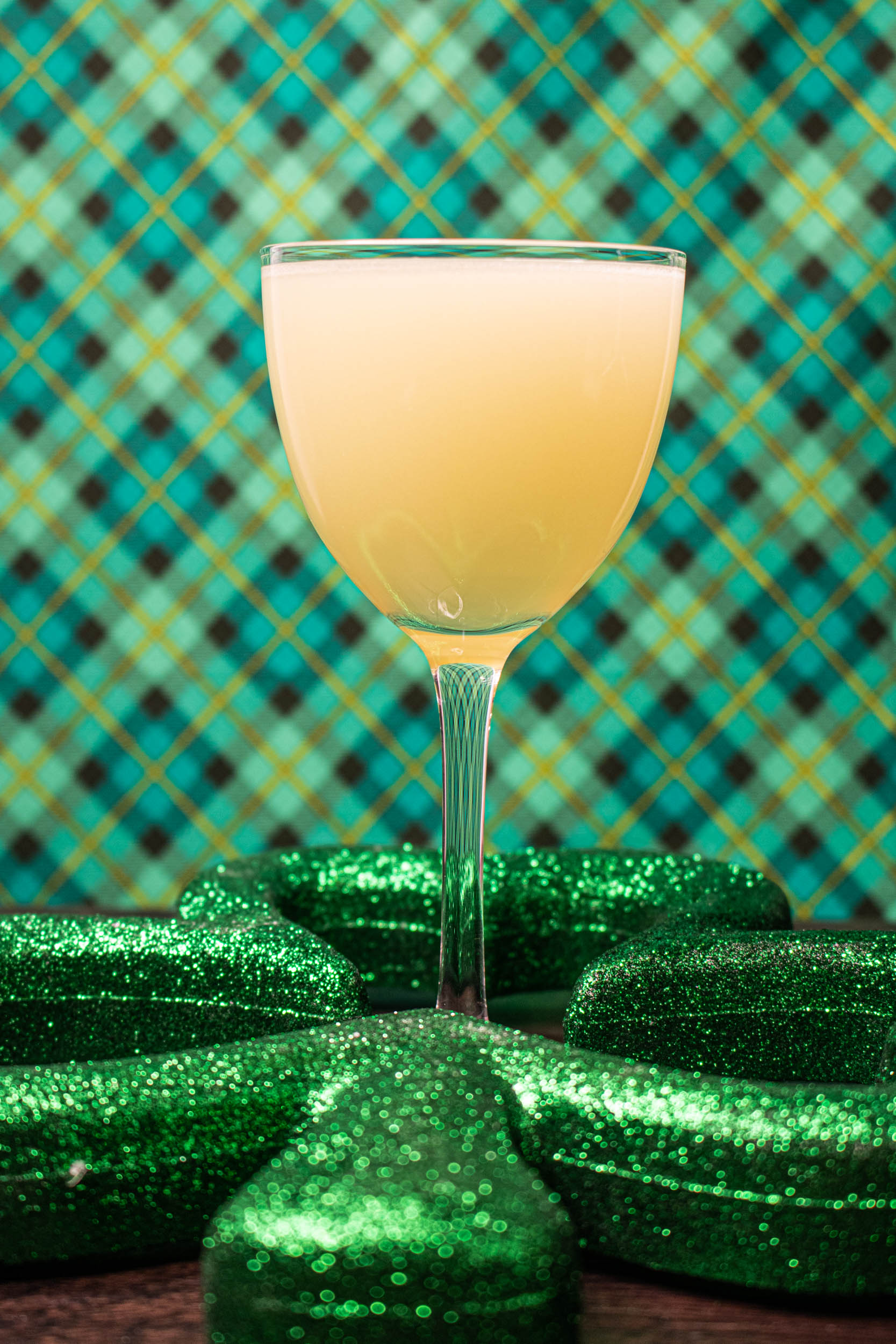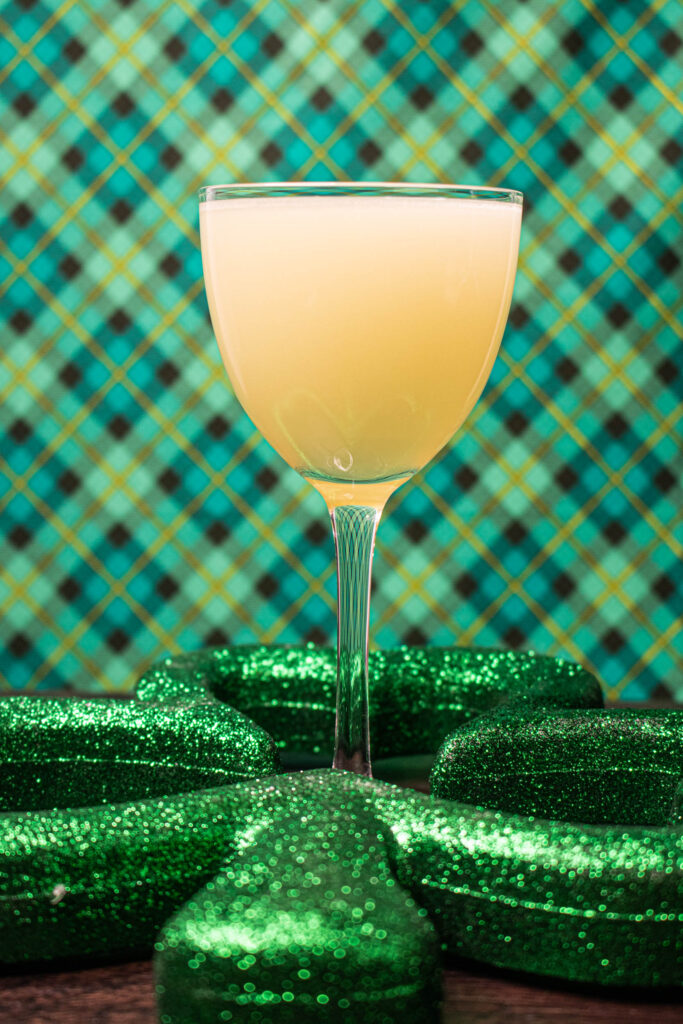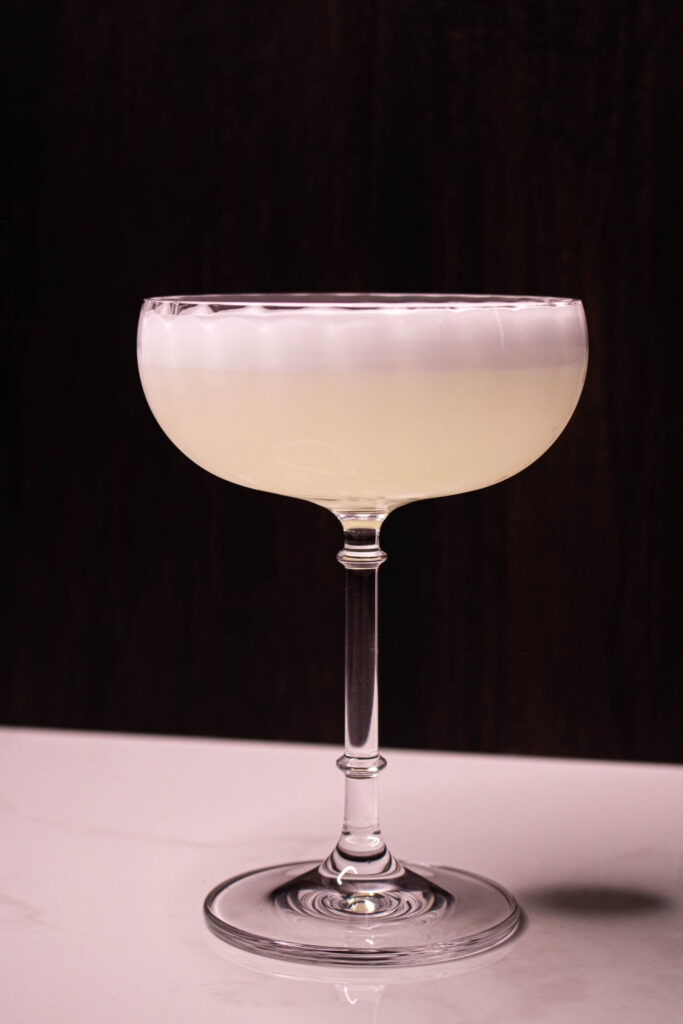
Another cocktail that originated in the Savoy Cocktail, the White Lady is a mixture of gin, orange liqueur, and lemon. If these ingredients sound a lot like a Sidecar to you, then you won’t be surprised to hear that this drink can be quite intense (depending on the proportions used). In the original guise that mirrored the Sidecar’s equal parts, it was perhaps too much, something we realized quickly during our testing. As a result, we recommend you follow the subsequent recipes that include an egg white. This addition makes a floral, restrained drink that’s refreshing and nuanced.
White Lady
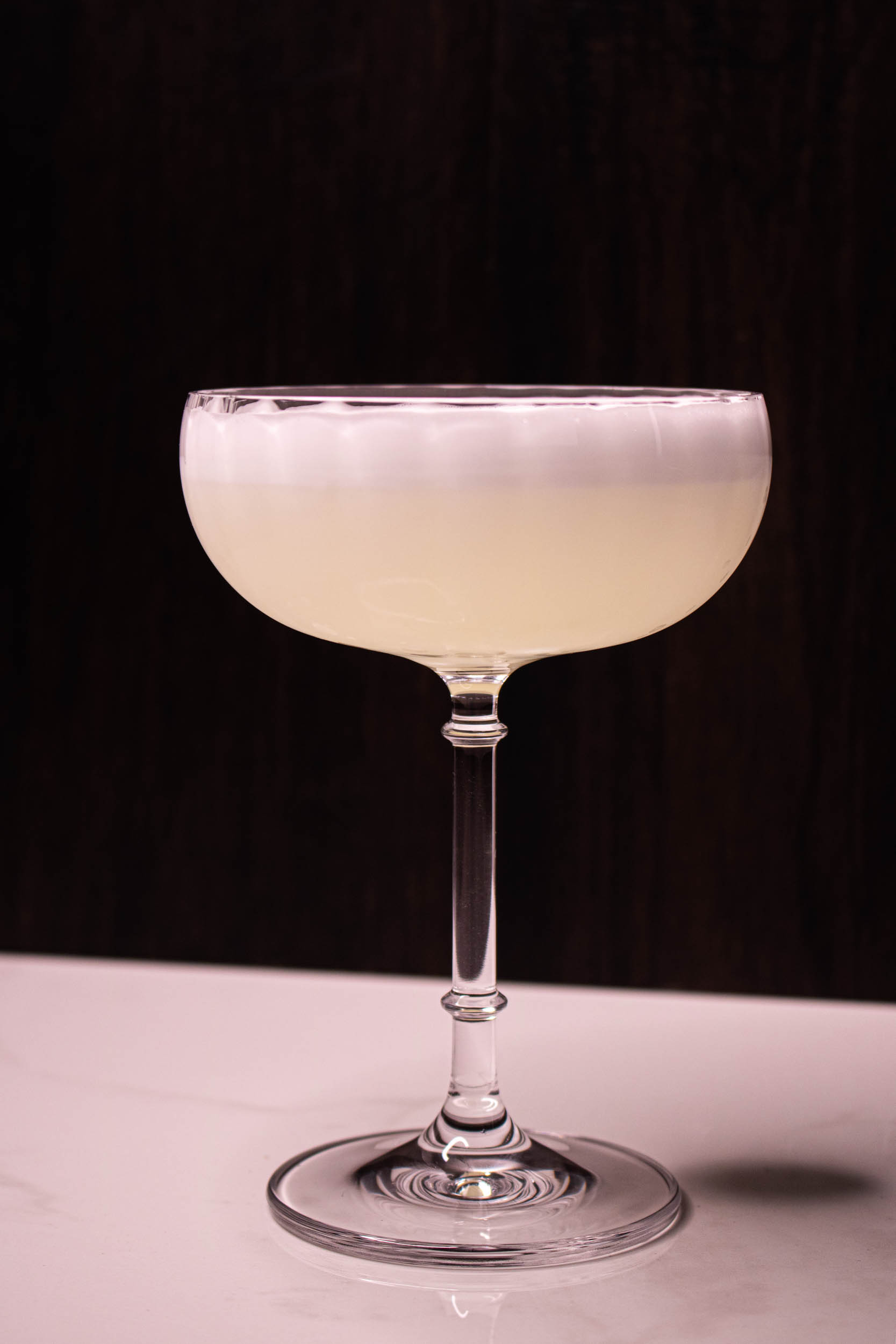
In it’s original format, the White Lady comes out a bit too bracing in this format. You’d do best to reduce this by about 1/4 oz of lemon to balance the acidity. Add in egg white though, and the cocktail opens up in a floral and perfumed essence of lemon and gin. The entire drink becomes a study in restraint, as orange and lemon come forward and the gin shows itself through the lens.
Drink Notes & Recommendations
The White Lady is a bracing and powerfully acidic drink. In all likelihood you will find that you want to adjust the lemon down here. That said, the template has some pretty subtly in it’s character, so don’t write it off as this template has some potential.
- Gin: We used London Dry in our experiments (both Beefeater and Bombay). We recommend you choose a gin here you like and experiment with bolder modern gins like Aviation.
- Cointreau: While you could use another orange liqueur, Cointreau is the gold standard here. However, it should be noted that some sources call for Dry Curacao, similar to Pierre Ferrand’s. This is likely recommended if you choose to make the drink egg white free.
- Lemon: Use fresh squeezed for best results.
- Optional Ingredient: One large egg white can be added requiring a different shake technique. The reason you’d want to add an egg is to give it fuller, silkier texture. It’ll reduce the acid as well.
- Combine all ingredients including the egg white in a shaker. Add 1 – 2 medium ice cubes or the spring from a shaker. Shake hard for 15-30 seconds. Separate the shaker and add ice. Shake hard to chill. Double strain into a coupe.
- Garnish: No Garnish
- Glassware: A coupe will add simple elegance here..
